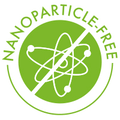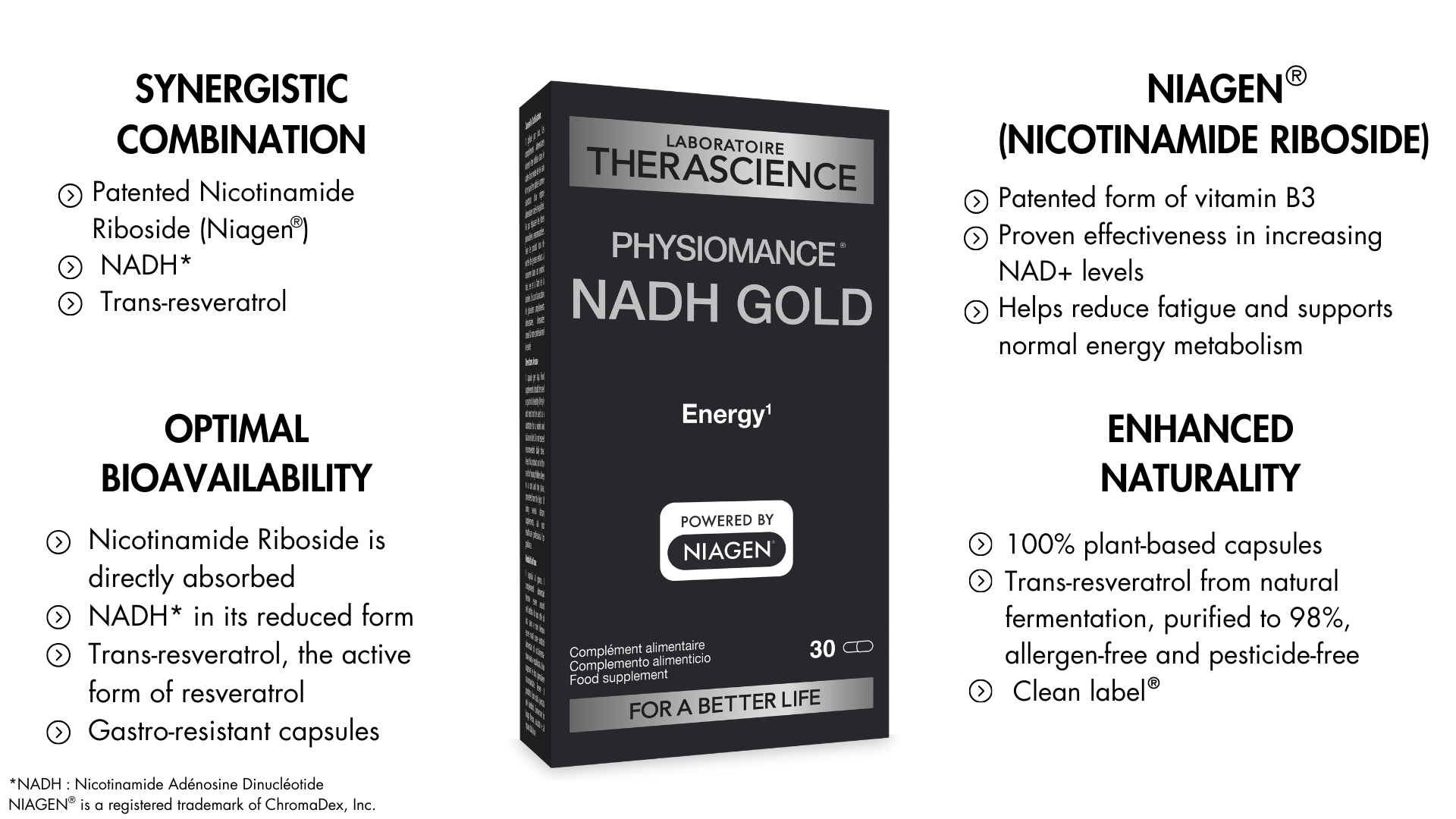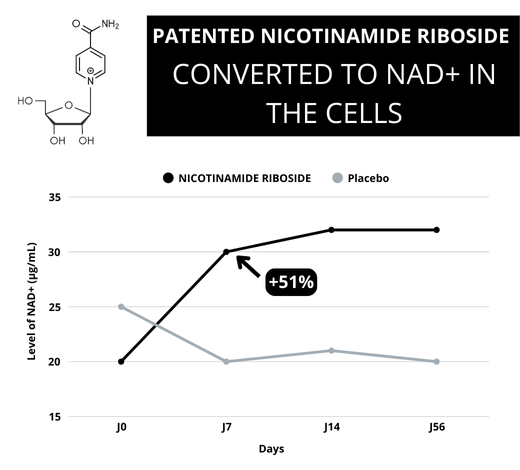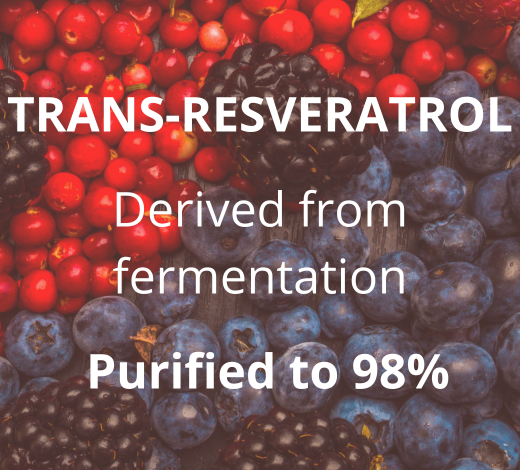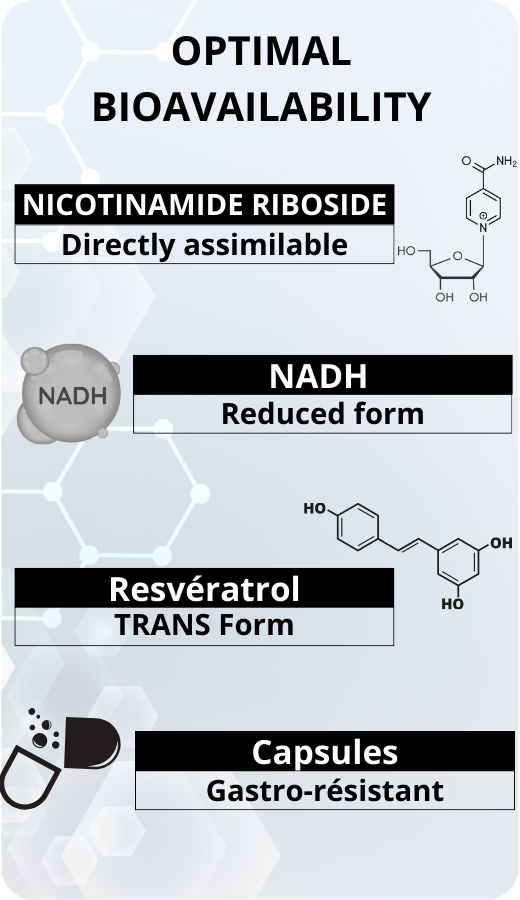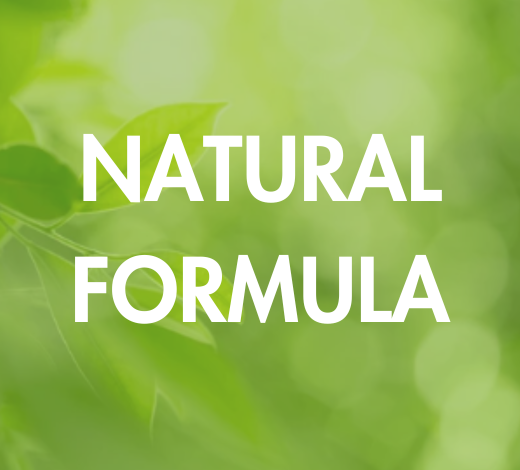Synergistic Combination for Energy Metabolism
- Nicotinamide Adenine Dinucleotide (NADH)
NADH (the reduced form of Nicotinamide Adenine Dinucleotide) is a key enzymatic cofactor involved in many essential biological processes. It plays a major role in cellular energy production by participating in the mitochondrial respiratory chain, where it actively contributes to the synthesis of ATP, the primary energy source for our cells.
NADH is intrinsically linked to NAD+, its oxidized form. Together, they form a redox pair that is fundamental to cellular function. A redox pair (or oxidant/reductant couple) consists of two chemical forms of the same substance: one capable of losing electrons (oxidized), and the other of gaining electrons (reduced). In a redox reaction, the oxidant captures electrons while the reductant donates them. In this context, NADH donates electrons to produce energy, while NAD+ is regenerated within the cell, enabling new energy production cycles.
This dynamic NAD+/NADH balance is essential for energy metabolism, cellular repair, and the support of key biological functions. With age, stress, fatigue, or a demanding lifestyle, NAD+ and NADH levels may decline, leading to decreased energy, reduced stress resilience, and weakened cellular repair capacity.













